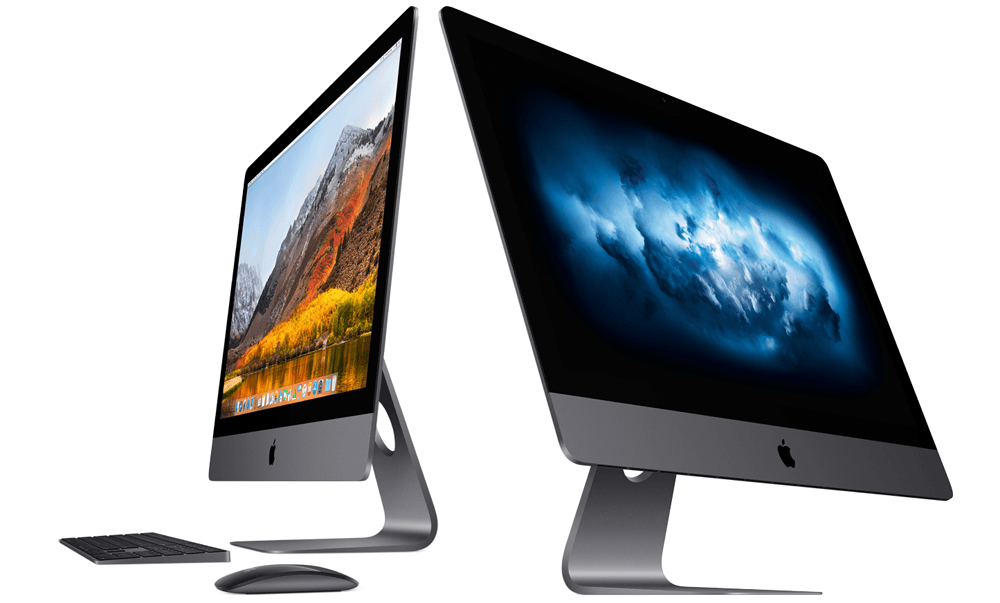With the recent launch of iOS 11.4 for iPhone and iPad, Apple was launching one of the most demanded features by users, iCloud Messaging, a true synchronization of our messages in the cloud of the apple bite that allows us, for example, to delete a message on an iPhone and that it is also deleted on other devices of the user. And since last Friday, this function has also been implemented on Mac computers. Here’s how to activate it next.
Last Friday, in a somewhat unusual way, Apple made available to all users a new version of the macOS High Sierra desktop operating system that brought the significant improvement in iCloud Messaging to the Mac.
The first thing you should do, if you haven’t already done so, is to upgrade your Mac to the new version macOS 10.13.5. This version is available for all compatible Mac computers since last Friday afternoon through the Mac App Store Updates tab. As the notes in the update indicate…
The macOS High Sierra 10.13.5 update improves the stability, performance and security of your Mac and is recommended for all users.
This update adds support for Messages in iCloud, which allows you to store messages with your attachments in iCloud and free up space on your Mac. To enable Messages in iCloud, go to Preferences in Messages, click Accounts, then select “Enable Messages in iCloud”.
As you have already read, activating Messages in iCloud is as simple as opening the Messages app, selecting Messages → Preferences from the menu bar, clicking on Accounts, and proceeding to Activate Messages in iCloud.
Once enabled, Messages in iCloud will offer you some benefits. For example, if you delete a message on your Mac, it will disappear from all your Macs, iPhone, and iPad running the latest software update. The other benefit is that the entire message history will appear when you set up a new Mac from scratch. This previously required restoring your Mac from a backup.
